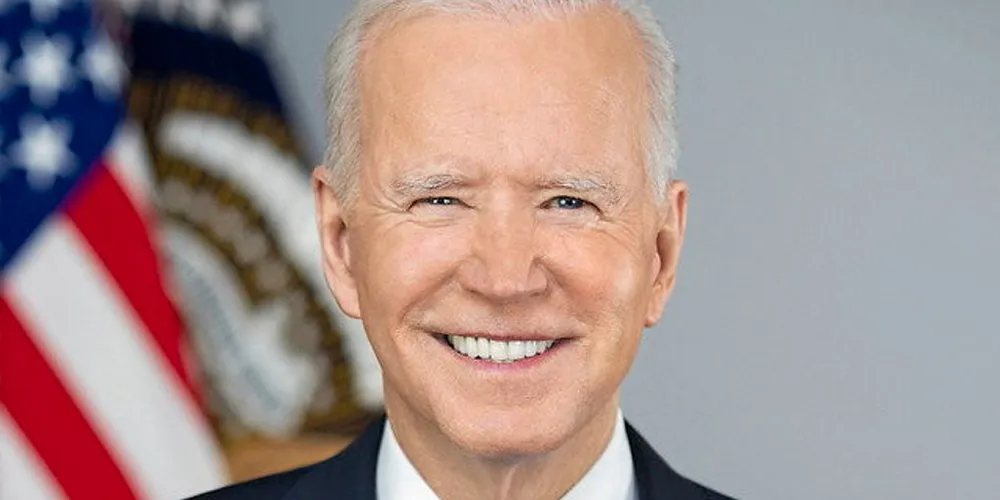US tackles 'complicated and complex' permitting process to speed up offshore wind build
Washington releases 'action plan' to streamline infrastructure project approvals and signals openness to regional approach to environmental permitting for sea-based wind arrays

The US government has unveiled a sweeping “action plan” aimed at speeding up the notoriously sluggish permitting process for major infrastructure projects in the country, with an eye on clearing the way for “timely and sound delivery” of the queue of large-scale offshore wind arrays planned for construction off the eastern seaboard.
The initiative, announced by the White House, is designed to make sure that federal environmental reviews and permitting processes are “effective, efficient, and transparent, [and] guided by the best available science”.
“We’re going to get more projects built on time and in the right way,” said Brenda Mallory, chair of the Council on Environmental Quality, a federal interagency environmental coordinator.
“Part of the challenge has been the complicated and complex permitting process that involves federal, state and local government,” secretary of energy Jennifer Granholm said last month. “The streamlining of permitting is something that government is and will work on to make sure to make sure that it is quick.”
The administration promises “early cross-agency coordination” and “improving agency responsiveness, technical assistance, and support to navigate the environmental review and permitting process effectively and efficiently” as key components of the action plan, in line with multiple statements by government officials promising a “whole of government” approach to tackling the permitting bottleneck.
BOEM sits at the centre of an array of federal agencies involved in approving an offshore wind COP, including the Department of Homeland Security; the Army Corps of Engineers (ACE); and the Federal Aviation Administration.
The National Marine Fisheries Service, under the National Oceanic and Atmospheric Administration, plays a key role in evaluating the impact of offshore wind development on marine ecosystems, and has established a close working relationship with BOEM.
Granholm said that the government is looking at “concurrent timelines... that are longer than they need to be [and] that could be collapsed” to streamline the approval process.
'Grappling' with litigation risk
But speeding up approvals could impact projects later down the timeline through litigation alleging that environmental assessments were not sufficiently thorough or were pushed through based on political rather than environmental merits.
The US energy secretary praised innovative permitting approaches being mulled by the European Union (EU) that aim to pre-approve coastal areas for offshore wind development, allowing individual projects to move forward in most cases without further environmental review. The regional pre-approval process will potentially reduce offshore wind project approvals in the EU from the current two-years to a single year.
<b>Biden puts in for 'necessary and reasonable' BOEM boost to speed offshore wind build</b>
The Biden administration is aiming to be granted an 80% increase in funding for the Bureau of Ocean Energy Management (BOEM) in its 2023 budget proposal for offshore wind development plans, raising the ask from $28.4m to $51.6m as it strives to issue nine environmental reviews, as well as many as five lease sales between now and the end of next year.
“The 2023 funding will allow BOEM to continue to advance offshore energy and marine minerals development in a manner that considers environmental stewardship and values public engagement during all phases of planning and development,” said BOEM spokesperson Lissa Eng told Recharge.
“However, if BOEM doesn’t receive the increase in funding in the 2023 budget request, the bureau... may face challenges in meeting the administration’s clean energy goals and the industry’s increasing interest in the development of offshore wind.”
BOEM's $232m total budget proposal is 23% higher overall the current fiscal year, and includes modest increases to the baseline budget for oil & gas, seeking to raise it by 5%.
The funding proposal includes $6.8m to create an additional 41 jobs at BOEM specifically for the review of offshore wind construction and operations plans as well as the identification of new leasing areas.
“The department will need manpower and funding to accomplish these tasks which are at a magnitude that the US offshore wind industry has not yet seen before,” said Chelsea Jean-Michel, wind energy analyst for Bloomberg New Energy Finance. “An increase in budget seems necessary and reasonable.”
The administration's $5.5tn budget request is awaiting Congressional approval on or before 30 September.